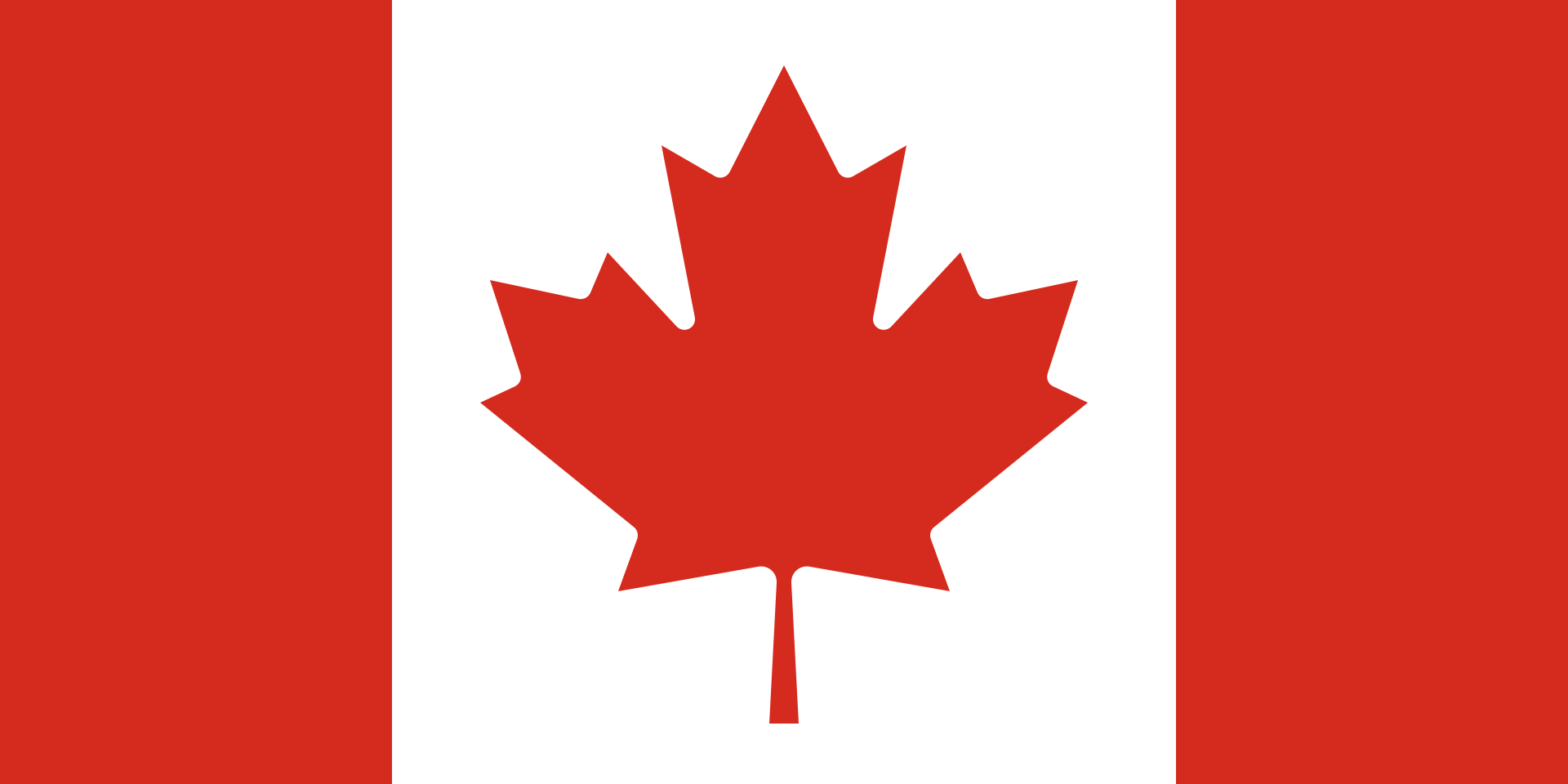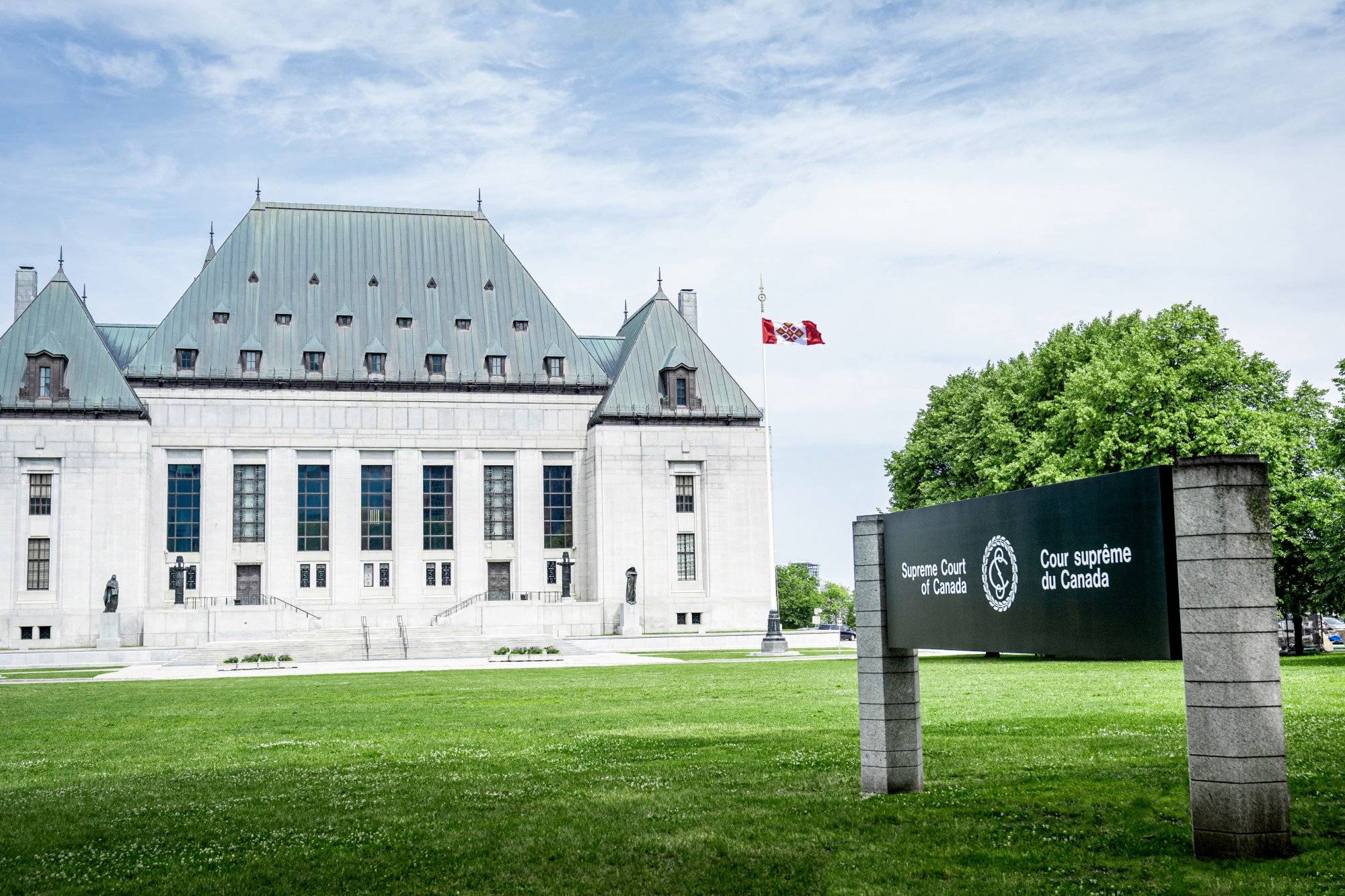

The Supreme Court of Canada consists of nine judges, including the Chief Justice of Canada, all of whom are appointed by the Governor in Council to hold office during good behaviour. At least three judges must be appointed from Quebec. Traditionally, the Governor in Council has also appointed three judges from Ontario, two from the Western provinces or Northern Canada and one from the Atlantic provinces. Supreme Court judges must live within forty kilometres of the National Capital Region.
The Supreme Court of Canada is independent and impartial. It is the guardian of the Constitution and the Charter of Rights and Freedoms. Its judges are selected through a transparent process by which a non‑partisan advisory board recommends candidates of the highest quality to the Prime Minister. The judges are appointed by the Governor in Council and must have been either a judge of a superior court or a member of at least ten years’ standing of the bar of a province or territory. Together, the Court judges provide guidance on Canada’s laws and work hard to ensure that all people have equal protection and benefit of the law.
The Chief Justice is sworn as a member of the Privy Council of Canada before taking the oath of office as Chief Justice.
The judges must devote themselves exclusively to their judicial duties. No judge may hold any other remunerative office or engage in any business enterprise. A judge holds office during good behaviour until he or she retires or attains the age of 75 years, but is removable for incapacity or misconduct in office before that time by the Governor General on address of the Senate and House of Commons.
The Chief Justice presides over all sittings of the Court at which he or she is present. The Chief Justice oversees the work of the Court by designating the panels of judges who are to hear the cases and motions brought before it.
In addition to his or her Court duties, the Chief Justice is chairperson of the Canadian Judicial Council, whose members include the chief justices and associate chief justices of the federal and provincial superior courts and the senior judges of the territorial superior courts. This body, established by the Judges Act, has a mandate to promote efficiency, uniformity and accountability as well as to improve the administration of justice throughout Canada.
The Chief Justice also chairs the Board of Governors of the National Judicial Institute. The National Judicial Institute develops and delivers various educational programs for all of Canada’s federal, provincial and territorial judges.
The letters patent of 1947 respecting the office of Governor General provide that, should the Governor General die, become incapacitated, be removed or be absent from the country for a period of more than one month, the Chief Justice or, if the Chief Justice is unavailable, the senior judge among the eight other judges of the Supreme Court would become the Administrator of Canada and exercise all the powers and authorities of the Governor General.
Finally, the Chief Justice of Canada also chairs the committee that advises the Governor General on awards of membership in the Order of Canada.
The Registrar, who answers directly to the Chief Justice, is responsible for the management of the Court and exercises the quasi-judicial powers conferred by the Rules of the Court. The Registrar’s responsibilities include the appointment and supervision of Court staff, management of the Library and the Registry and publication of the Canada Supreme Court Reports. The Registrar and the Deputy Registrar are both appointed by the Governor in Council. The Court’s staff currently numbers approximately 250 employees, all of whom are members of the federal public service.
The Court publishes annually a report on its activities (Year in Review) as well as law reports containing its judgments.
It also publishes all of its judgments on appeals and leave applications in both official languages. The Court’s written appeal decisions are accompanied by short summaries called Cases in Brief. These summaries are prepared by the Court’s communications staff and are drafted in reader‑friendly language so that anyone interested can learn about the decisions that affect their lives. They do not form part of the Court’s reasons for judgment and are not for use in legal proceedings.
The Supreme Court of Canada also uses a variety of tools to provide timely and reliable information. It posts information on its Twitter, Instagram, LinkedIn and Facebook accounts.
The Supreme Court of Canada was constituted in 1875 by an Act of Parliament and is now governed by the Supreme Court Act. The Supreme Court is Canada’s final court of appeal. It serves Canadians by deciding legal issues of public importance, thereby contributing to the development of all branches of the law in Canada. The independence of the Court, the quality of its work and the esteem in which it is held both in Canada and abroad contribute significantly as foundations for a secure, strong and democratic country founded on the rule of law. The Supreme Court of Canada is an important national institution that is positioned at the pinnacle of the judicial branch of Canada’s government.
In 2025, the Supreme Court of Canada will celebrate its 150th anniversary. To mark this important occasion, the Court will be organizing many activities and events throughout the year. The Canadian public and the international legal community will be invited to participate in this celebration.
The Canadian judicial system may be seen as a pyramid, with a broad base formed by the provincial and territorial courts whose judges are appointed by the provincial and territorial governments. Judges at all the other levels are appointed by the federal government. At the second level, there are the provincial and territorial superior courts. Judgments from the superior courts may be appealed to the next level, that is, the provincial or territorial courts of appeal. As well, there are the federal courts: the Federal Court of Appeal, the Federal Court, the Court Martial Appeal Court of Canada and the Tax Court of Canada. Unlike the provincial superior courts, which exercise inherent jurisdiction, the federal courts exercise statutory jurisdiction that encompasses matters falling within the competence of the federal government. The Supreme Court of Canada sits at the top of the pyramid, being Canada’s final court of appeal.
In light of the broad scope of the Supreme Court of Canada’s jurisdiction, it is clear that the Canadian judicial system differs from that of many continental European and Latin and South American countries, where it is not unusual for there to be separate courts of last resort for both constitutional law and administrative law cases in addition to a general court of appeal.
The Supreme Court of Canada hears appeals from the decisions of the highest courts of the provinces and territories as well as from the decisions of the Federal Court of Appeal and the Court Martial Appeal Court of Canada. Its jurisdiction is derived mainly from the Supreme Court Act as well as from a few other Acts of Parliament, such as the Criminal Code. The Court hears and decides appeals in French and English. It is also bijural, which means it applies the law in Canada’s two distinct legal traditions – Quebec civil law and common law.
There are three procedures by which cases can come before the Court. The importance of the Court’s decisions for Canadian society is well recognized. The Court assures uniformity, consistency and correctness in the articulation, development and interpretation of legal principles throughout the Canadian judicial system.
Most appeals are heard by the Supreme Court only if leave is first given. Leave to appeal is granted by the Court if, for example, the case involves a question of public importance or raises an important issue of law (or an issue of both law and fact) that warrants consideration by the Court. The Court’s decision whether to grant leave to appeal is based on its assessment of the public importance of the legal issues raised. The Court thus has control over its docket and is able to supervise the growth and development of Canadian jurisprudence.
There are a few instances where leave to appeal is not required. In some types of criminal cases, for example, an appeal may be brought as of right where one judge in the court of appeal has dissented on a point of law.
In addition to being Canada’s final court of appeal, the Supreme Court performs a unique function. It can be asked by the Governor in Council to hear references, that is, to consider important questions of law, such as the constitutionality or interpretation of federal or provincial legislation, and to give its opinion on them.
Constitutional questions may also be raised by the parties in appeals involving individual litigants or governments or government agencies. In such cases, the federal and provincial governments must be notified of the constitutional questions and can intervene to present arguments with respect to them.
An appeal is heard after the parties and any interveners have prepared and filed with the Court the required documents, including a record of evidence and documentation from the lower court files as well as factums stating the issues and the arguments to be presented. These documents are filed in both paper and electronic versions. Hearings of appeals are scheduled by the Registrar.
The Supreme Court holds three sessions a year in Ottawa. In 2019, for the first time in its history, the Court held a special session outside Ottawa when it visited Winnipeg to hear two appeals. The purpose of that historic decision was to make the Court accessible to all Canadians and to reiterate the Court’s continued commitment to increasing access to justice. The Court reaffirmed that commitment in 2022 when it held a special session in Quebec City.
The Court hears on average between 65 and 80 appeals a year. Each session lasts three months. The first session begins in January, the second begins in April and the third begins in October. In recent years, it has been the Court’s practice to start each session on a Monday.
The Court’s hearings are open to the public and most hearings are recorded for delayed telecast. When in session, the Court sits Monday to Friday. A quorum consists of five members, but most appeals are heard by panels of seven or nine judges.
Interveners play an important role in bringing broader perspectives before the Court than those advanced by appellants and respondents. Any person interested in an application for leave to appeal, an appeal or a reference may make a motion for intervention to a judge.
The Court expects all intervener submissions to be useful to the Court and different from those of the parties. The purpose of an intervention is not to support a party but to advance the intervener’s own view of a legal issue before the Court. Interveners should not take a position on the outcome of an appeal, whether in written or oral argument.
Judgments of the Supreme Court of Canada
In some cases, the Court will render its decision orally at the conclusion of the hearing, but most of the time it reserves judgment to enable the judges to write considered reasons. Decisions of the Court need not be unanimous: a majority may decide, in which case the minority will give dissenting reasons. Each judge may write reasons in any case if he or she chooses to do so.
In March 2021, the Supreme Court unveiled its new coat of arms, flag and badge that visually express its role, its traditions and the principle of judicial independence. The granting of these heraldic emblems by Canada’s Chief Herald is an honour from the Canadian Crown.
The new heraldic emblems serve as a visual expression of the independence and role of the Supreme Court of Canada. The principle of judicial independence is fundamental to Canada’s democracy and to upholding Canada’s democratic values and the rule of law.
The heraldic emblems are rich with symbolism. The round shape at the centre represents harmony and collegiality, while the white background conveys the ideals of transparency and accessibility. Two vertical red stripes represent parallel paths, such as the Court’s bilingual and bijural traditions. The stripes also recall the principles of peace and mutual respect of the two-row wampum belt.
The Supreme Court’s coat of arms is used on all judicial documents, such as decisions, orders and bulletins of proceedings. The Court also raises the new flag outside the building each time it is in session.
The Supreme Court of Canada’s Internet site provides a wealth of information on Canada’s highest court. Visitors to the site can learn about the role of the Court in Canada’s judicial system and can browse through biographies of Supreme Court judges past and present. The site provides information on booking tours of the Supreme Court of Canada building for those who wish to do so along with a collection of electronic resources for teachers. The Frequently Asked Questions page also serves as a useful resource for the public. In addition, the site provides a link to an external site where the Court’s judgments can be consulted electronically from the day of their release. Visitors to the Court’s site can find information on scheduled hearings and search an online database of information on all the Court’s cases. Counsel and self-represented litigants can access information on electronic filing procedures and instructions for bringing an application for leave to appeal.

© AIHJA - IASAJ Copyright